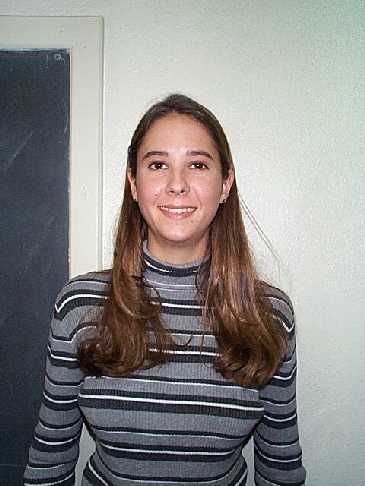|
MSU NSF C-RUI
|
||
|
C-RUI Faculty C-RUI Students C-RUI Publications C-RUI Presentations Other Links
|

Joanna Kind Joanna is a biology major from Murray, Ky. The title of her project is .
Due to the human creation
and control of water fluctuations of Kentucky Lake, it is a unique
environment which opens up an excellent area of research of
biogeochemical and ecological processes within a reservior setting.
I have been concentrating on the activites of the family Cambaridea,
also known as crayfish. It is known that seasonal changes in
crayfish density occur in Kentucky Lake due to the seasonal flooding
of the littoral zone of Ledbetter Embayment (the study area). In
general, crayfish are oportunistic omnivores that feed on a wide
varity of plants and animal minerals, and play an important
ecological role as detritivores. Since little research has been
conducted on the littoral zone of reservoir systems, it is
important to study such areas as we have the littoral zones of natural
settings. I have created five objectives to guide the study:
I. To determine the
crayfish species that inhabit Ledbetter Embayment
II. To determine the habitat of each species III. To observe changes as water levels fluctuate as seasons change IV. To observe changes in spatial distribution and sex ratios as water levels fluctuate V. To determine whether water temperature has an effect on trappibility. Each Sunday evening from June until winter pool, cylindrical minnow traps will be baited and set 10 meters apart in the littoral zone of Ledbetter Embayment. The number of traps set each time will depend on the water level. The next morning, traps will be checked and data such as species, carapace length, sex, claw length, and claw width will be recorded for each crayfish captured. Then, all data will be logged into a data base for future use with a GIS computer program. Not only will this study allow for trends in size and spacial distribution, it will provide potential to study interspecific competition (between species) and intraspecific competition (within the species). |